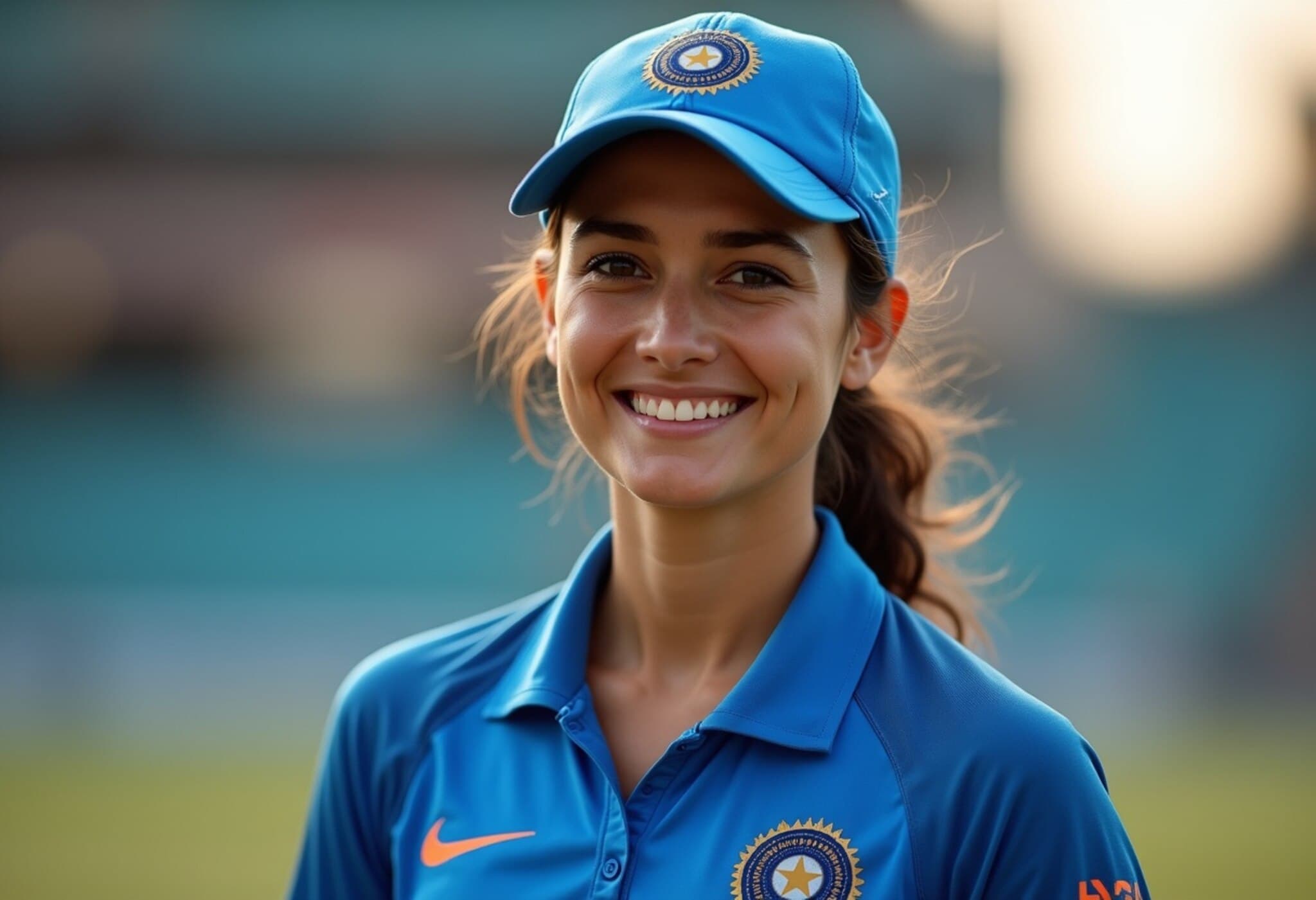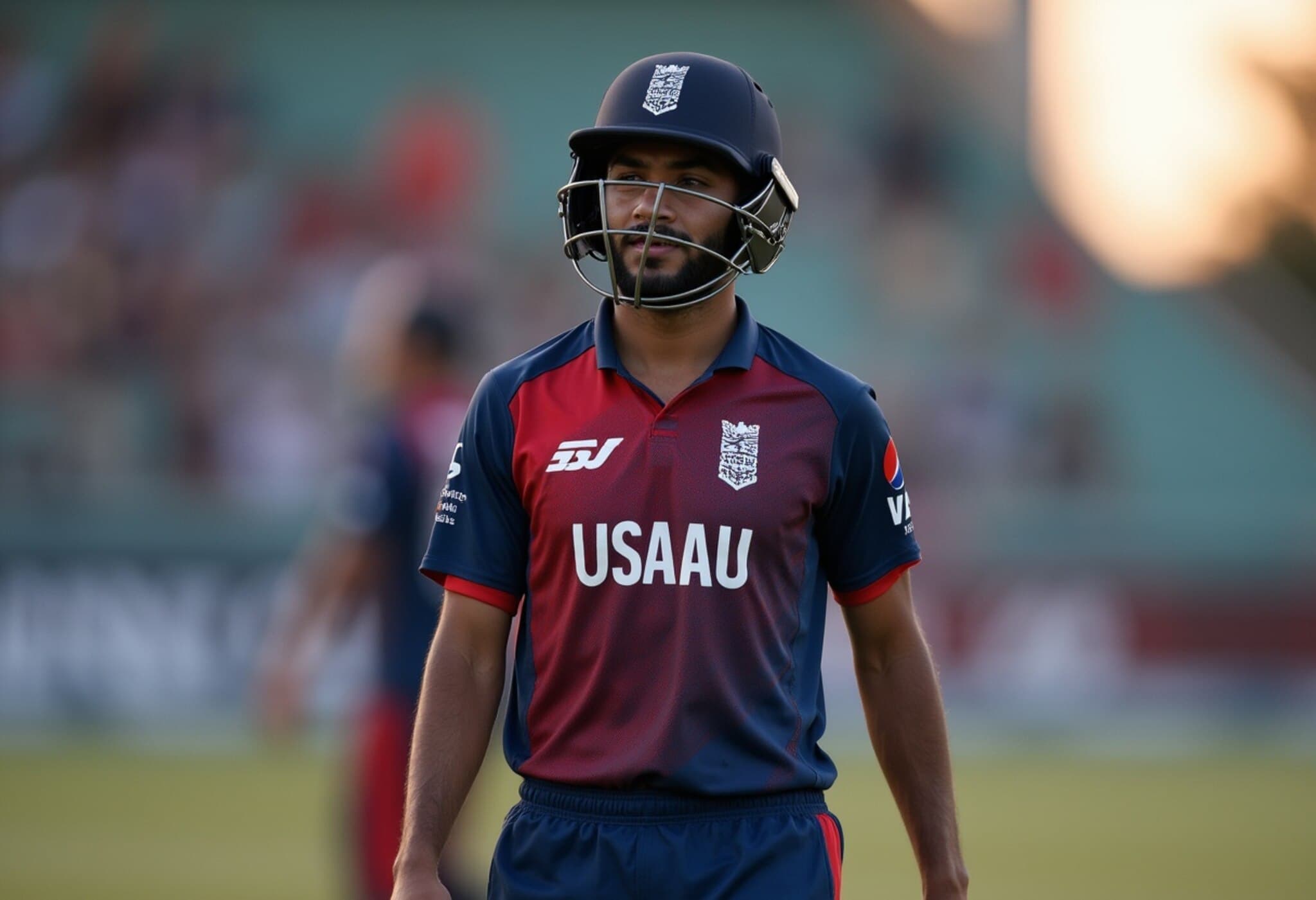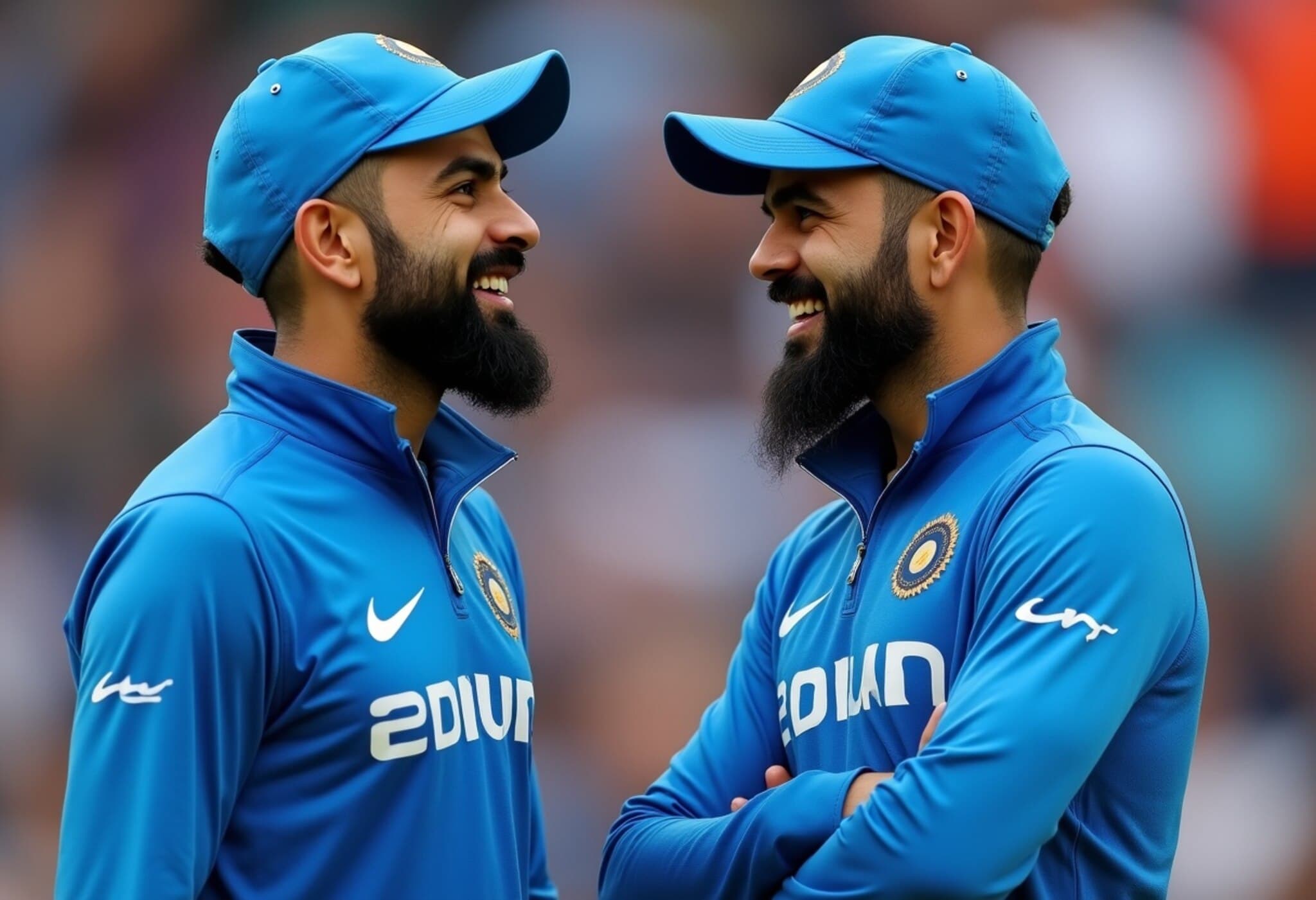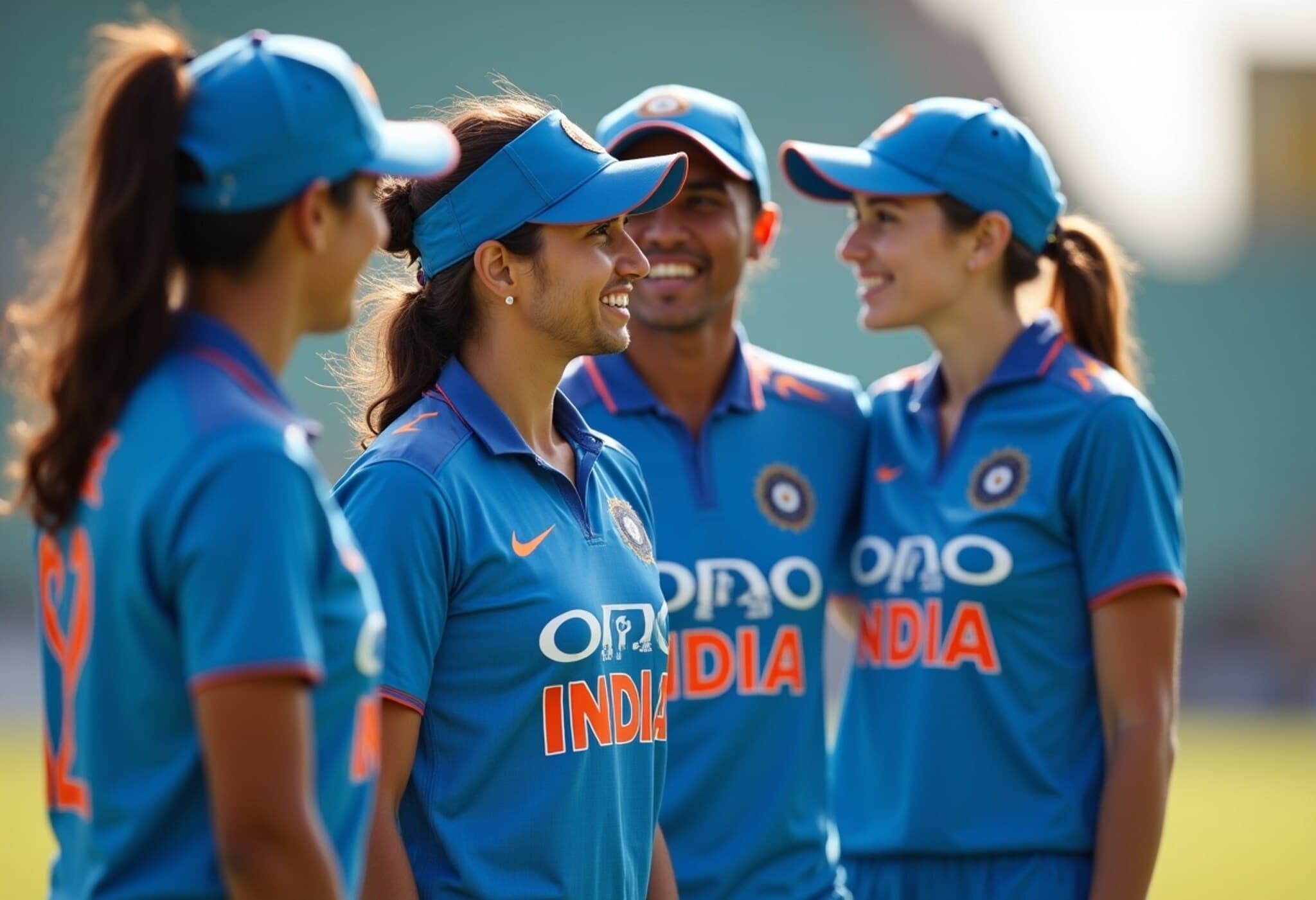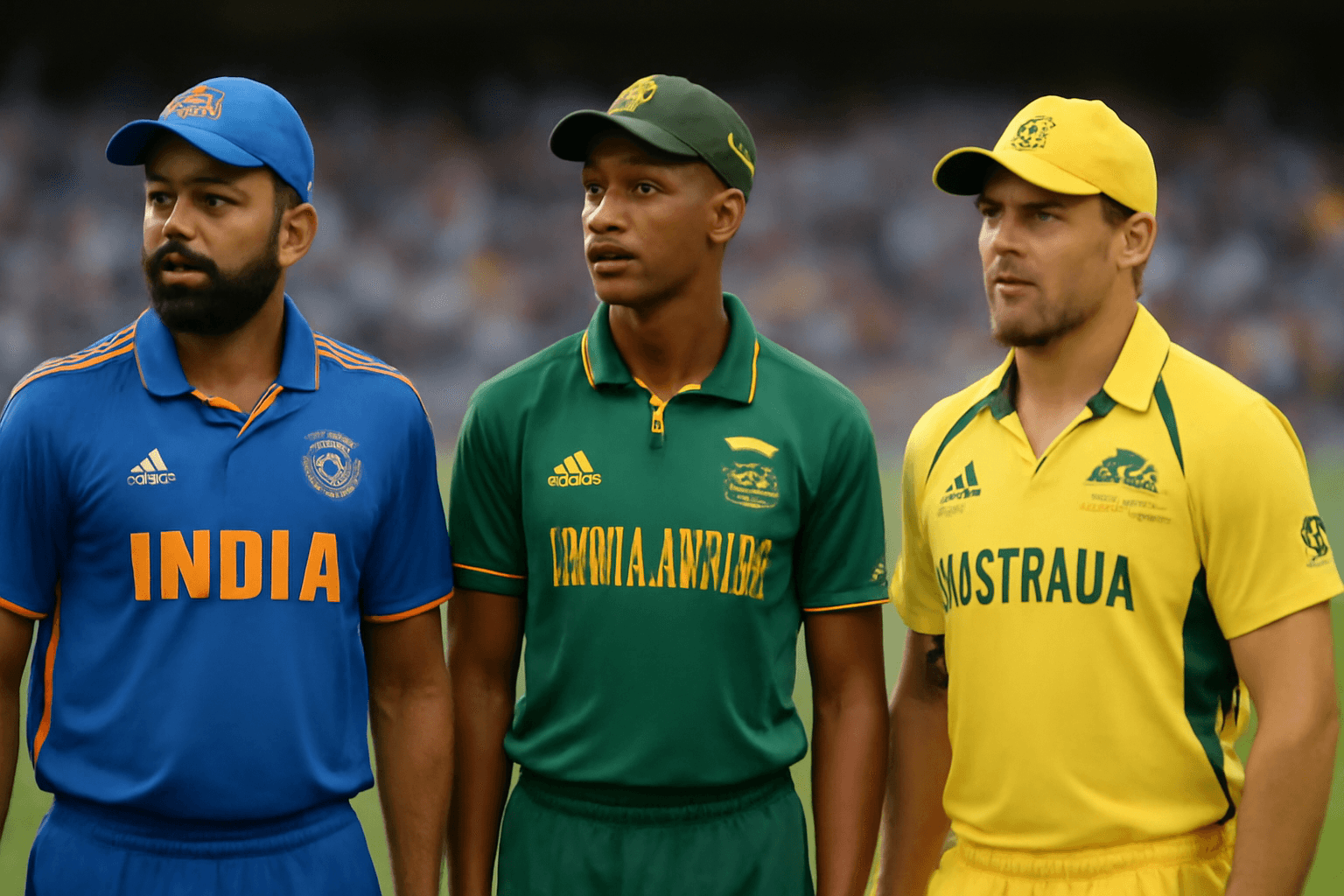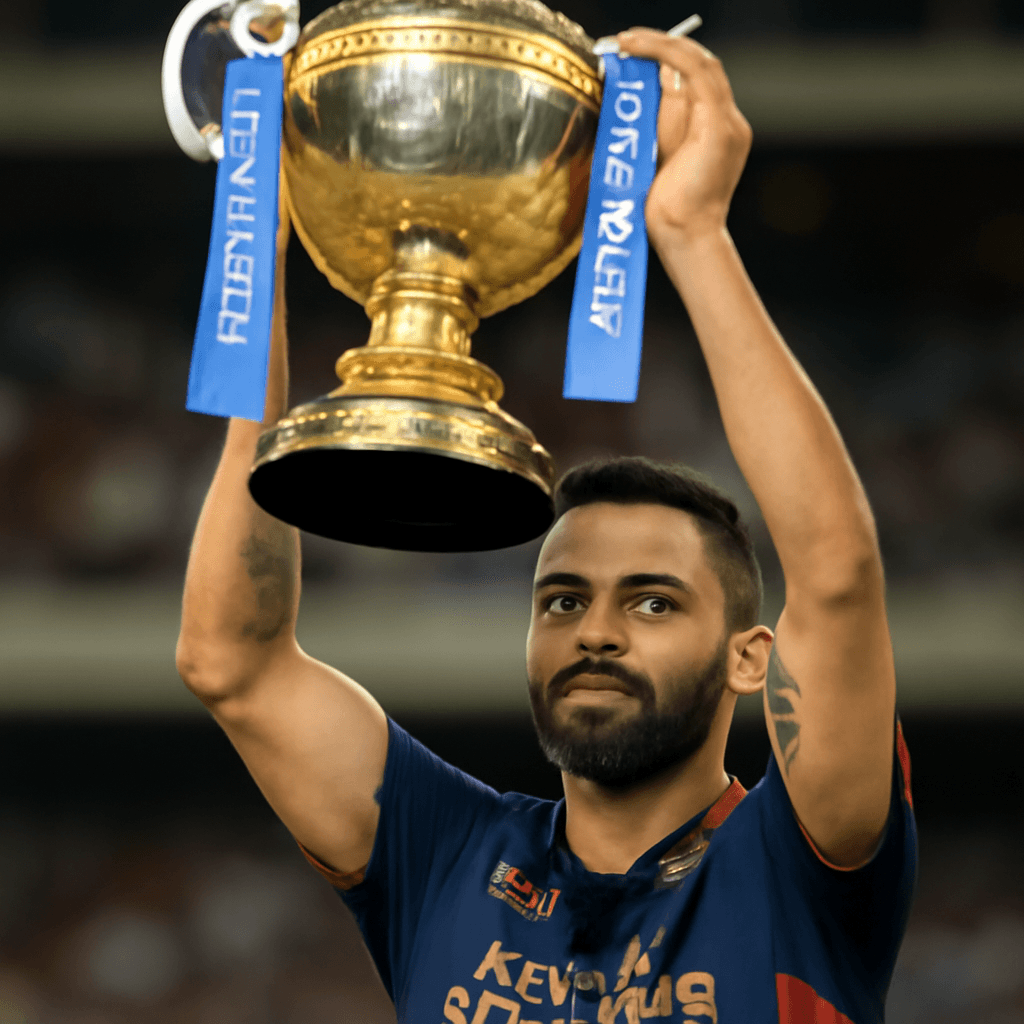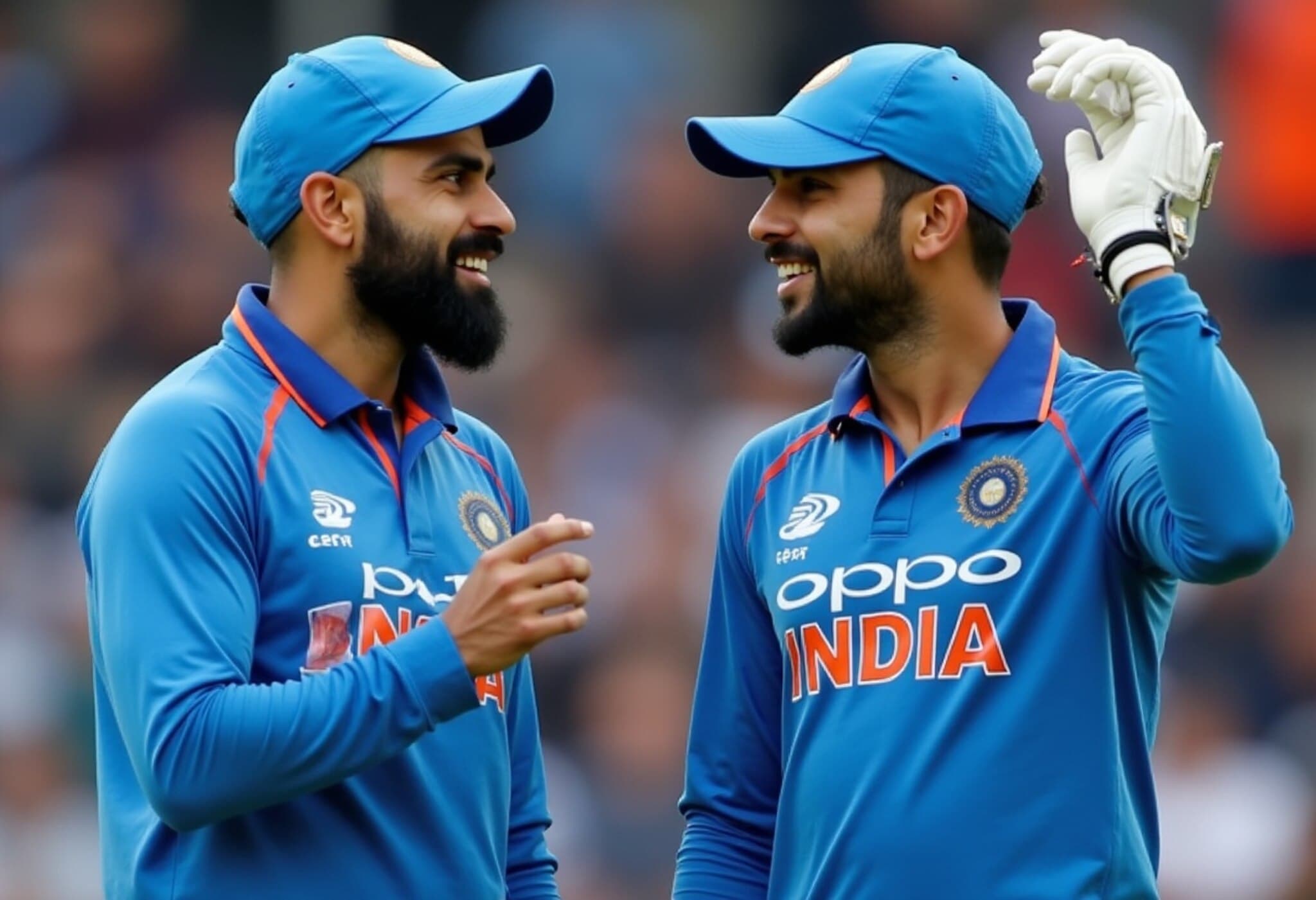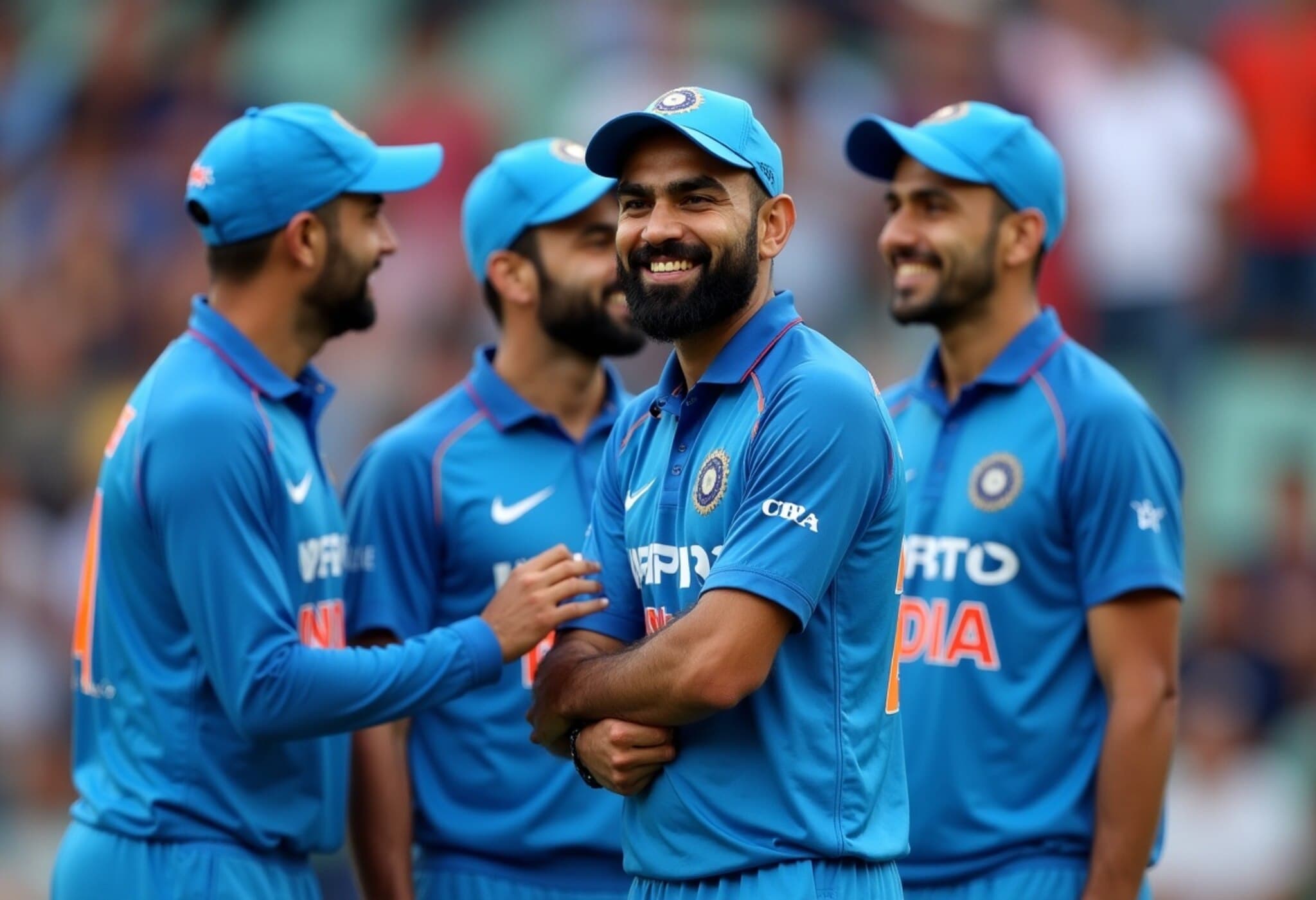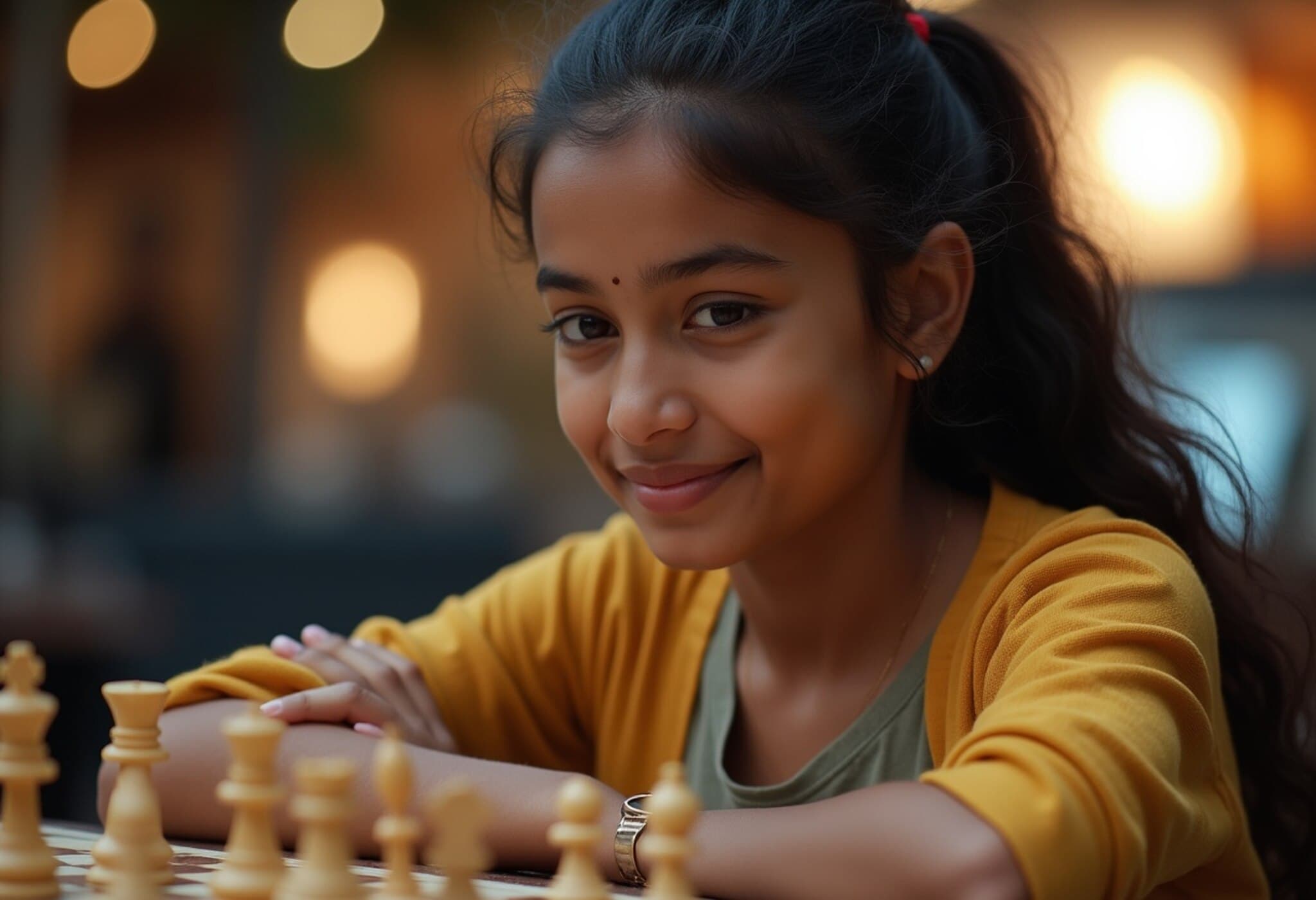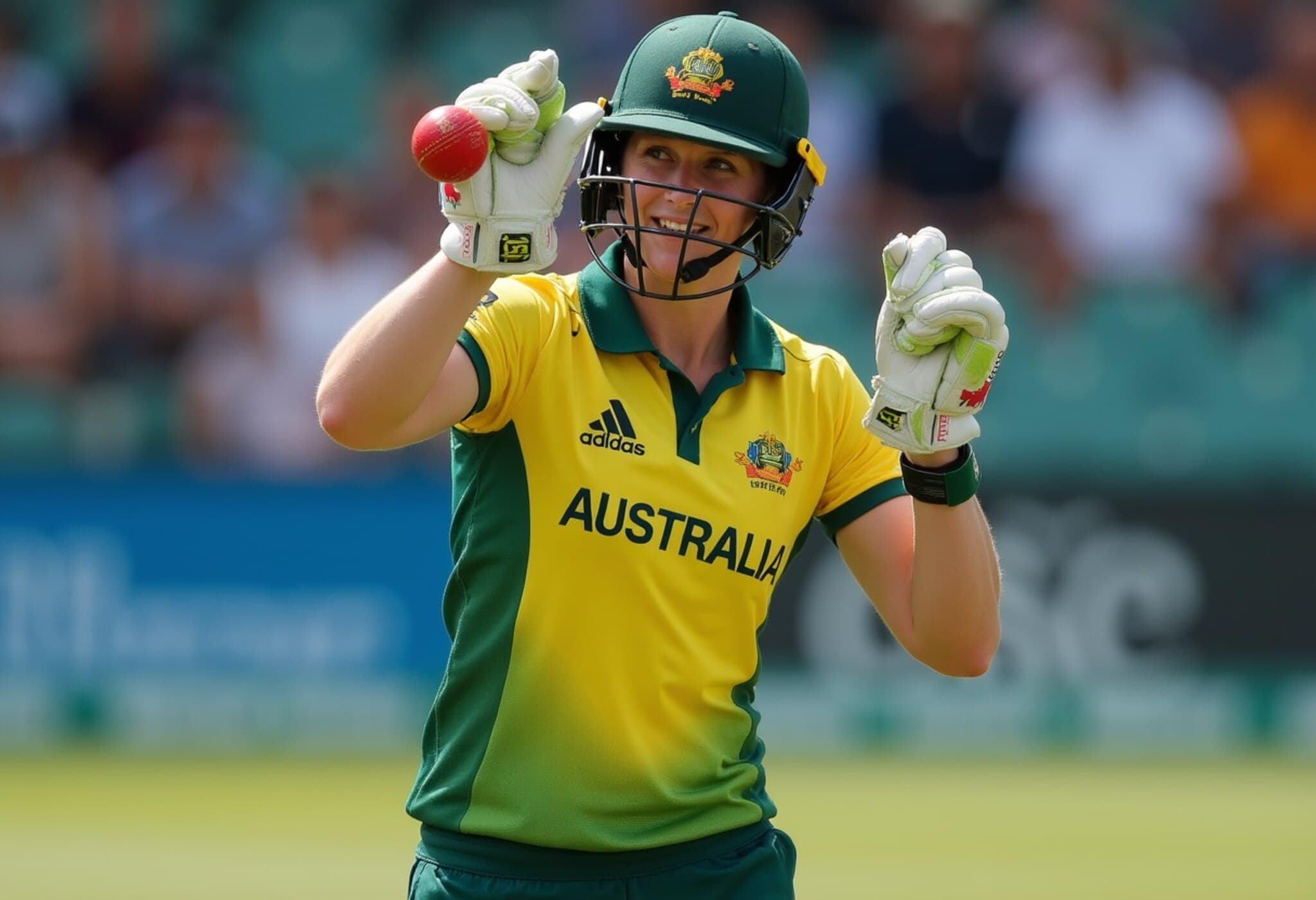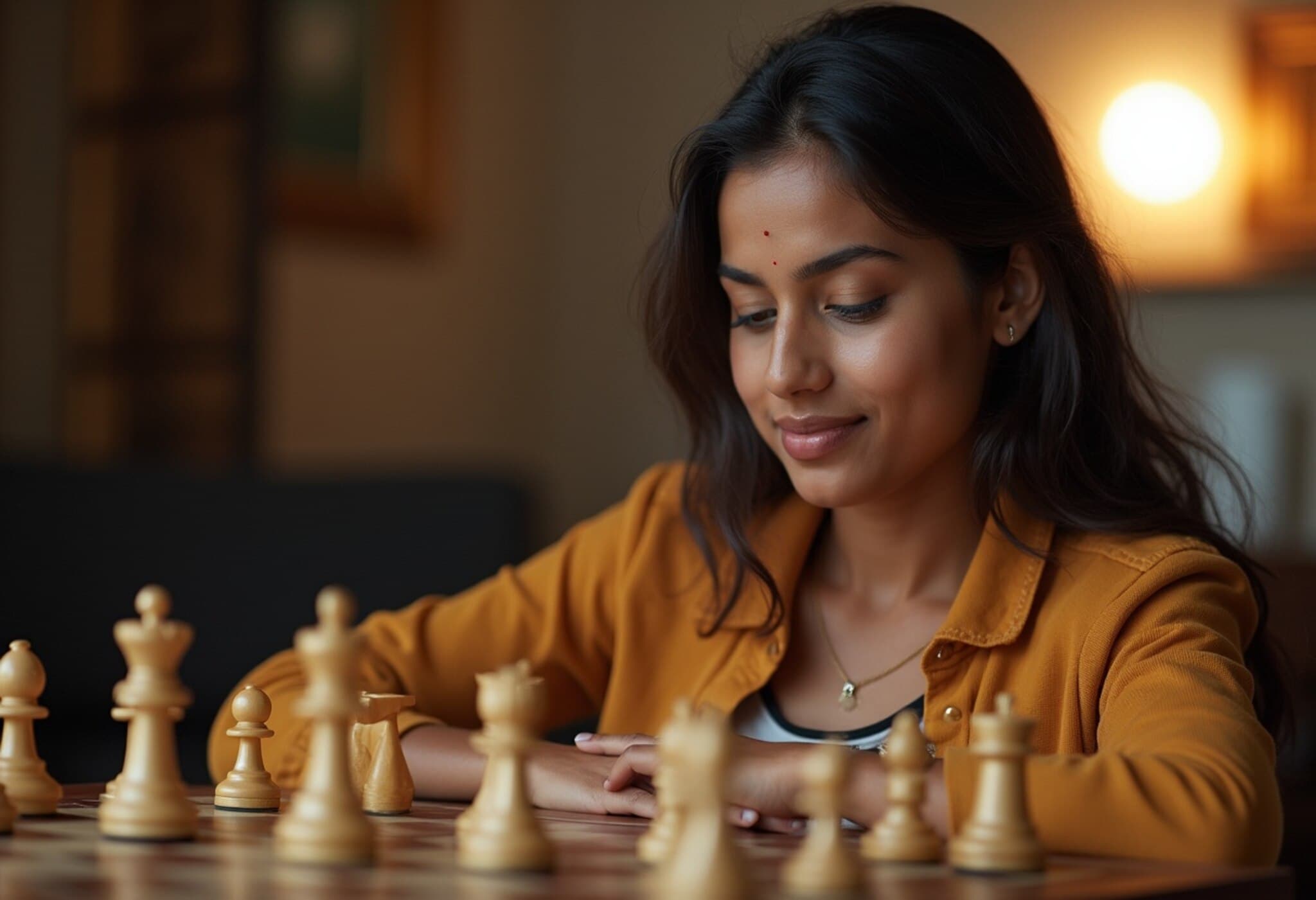India’s Position in the 2025 ICC Women’s ODI World Cup: Second Favourites with No True Home Advantage
As the 2025 ICC Women’s ODI World Cup approaches, scheduled to be hosted across India and Sri Lanka, excitement and scrutiny swirl around the Indian women’s cricket team. While India is viewed as one of the tournament's top contenders alongside perennial champion Australia, former India captain and cricket analyst Anjum Chopra provides a nuanced insight revealing why India cannot entirely rely on traditional home advantage this time around.
Home Advantage: A Relative Concept in Modern Cricket
Despite hosting the Women’s World Cup for the fourth time, India has yet to capture the elusive ODI World Cup trophy. Experts like Anjum Chopra argue that the home advantage in cricket has evolved dramatically. India’s proliferation of international fixtures year-round means visiting teams are no strangers to Indian conditions. Furthermore, the widespread familiarity diminishes the ‘surprise’ factor that authentic home advantage once offered.
"We cannot boast of home advantage anymore," Chopra remarks, emphasizing the leveling of playing conditions. She highlights the varied pitch conditions across multiple venues (Indore, Bengaluru, Colombo, Guwahati) requiring Indian players to rapidly adapt. Unlike the men’s game with its broader depth, Indian women's cricket must be flexible and prepared for any scenario, particularly in a demanding round-robin format.
Squad Dynamics: Strengths, Gaps, and Tactical Needs
Valuable Additions and the Quest for Bowling Balance
Anjum Chopra champions the inclusion of all-rounder Sneh Rana, crediting her bowling skills as vital in the ODI context despite her lesser role in T20Is. She stresses that while spin bowling depth exists—featuring Deepti Sharma, Charani, and Sneh Rana—the team critically lacks a reliable sixth bowler, particularly in pace, which threatens to undermine balance under high-pressure situations like defending massive totals (300+ runs).
Chopra points out the need for seam bowling options beyond the primary five frontline bowlers. "If one underperforms, there must be a dependable fallback, something that has been missing for a while," she says. This bowling challenge is compounded by senior players like Harmanpreet Kaur and Harleen Deol stepping back from bowling roles, reducing all-rounder utility and increasing pressure on specialist bowlers.
The Spotlight on Individual Performances: Consistency as the Underpinning
Chopra candidly discusses star batter Smriti Mandhana, noting that her performances in World Cups have not yet matched her evident talent and status. She underlines the psychological and technical demands that smooth consistency requires, especially in high-stakes global events.
Interestingly, Chopra elevates Deepti Sharma as arguably India’s most crucial match-winner, a player whose quiet consistency often escapes widespread acclaim but remains critical within the team structure. This perspective brings a refreshing counterpoint to the celebrity-driven focus often dominating cricket discourse.
Leadership on the Horizon: The Future Captaincy Landscape
With captain Harmanpreet Kaur approaching the twilight of her career, speculation about succession grows. Chopra weighs in on this natural transition, indicating that the next leader will likely emerge from a small cohort of multi-format regulars: Smriti Mandhana, Jemimah Rodrigues, Deepti Sharma, or Harleen Deol. However, she cautions against rushing plans, emphasizing the importance of stability and incremental leadership grooming.
Comparing to men’s cricket, Chopra highlights the less developed bench strength in women’s cricket, mandating a more measured approach to captaincy changes and team evolution. This calls for top-down support, robust coaching frameworks, and ensuring the grooming of future leaders is systematic rather than episodic.
Harmanpreet Kaur’s Role: Match-Winning Potential Versus Recent Inconsistency
As one of India’s most celebrated all-rounders, Harmanpreet Kaur continues to draw attention for her sporadic on-field contributions. Chopra acknowledges Harmanpreet’s historic match-winning ability but stresses that recent batting inconsistencies and reduced bowling engagement diminish her impact. Injury concerns and changing playing styles may contribute, but Chopra appeals for Harmanpreet to rediscover her full-range skill set, emphasizing the critical phase of her career.
"This is her last stretch; she must finish on a high," Chopra asserts, drawing parallels to past Indian heroes who delivered with the ball and bat in World Cups. She also calls attention to underutilized players like Harleen Deol, who had leg-spin skills from junior days that could bolster bowling options if nurtured.
Broader Context: What This World Cup Means for Indian Women’s Cricket
The upcoming World Cup represents a pivotal moment for Indian women’s cricket—not only to contend for the title but also to solidify a deeper, more adaptable team ethos. Countries like New Zealand and South Africa bring formidable challenges, while Sri Lanka may leverage home conditions to upset traditional hierarchies.
- India needs holistic preparation, balancing batting firepower with a balanced bowling attack.
- The round-robin format demands consistent peak performance and adaptability to diverse conditions.
- Enhanced bench strength and nurturing new talent are essential for sustained success.
Chopra’s analysis reminds us that while fan expectations position India as top favourites, reality entails confronting complex tactical and mental challenges. Home crowd support offers an emotional boost but cannot substitute for strategic nuances or a balanced squad.
Editor’s Note
The 2025 Women’s ODI World Cup is poised as a defining tournament for Indian cricket—a blend of opportunity and challenge. Anjum Chopra’s insights underscore that evolving beyond star reliance, shoring up bowling depth, and cultivating leadership within are critical steps if India is to break its World Cup drought. As fans and analysts, the question remains: can India convert the home crowd’s roar into world-beating consistency? This tournament might just reveal the answer.

